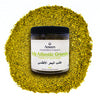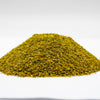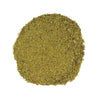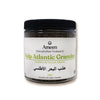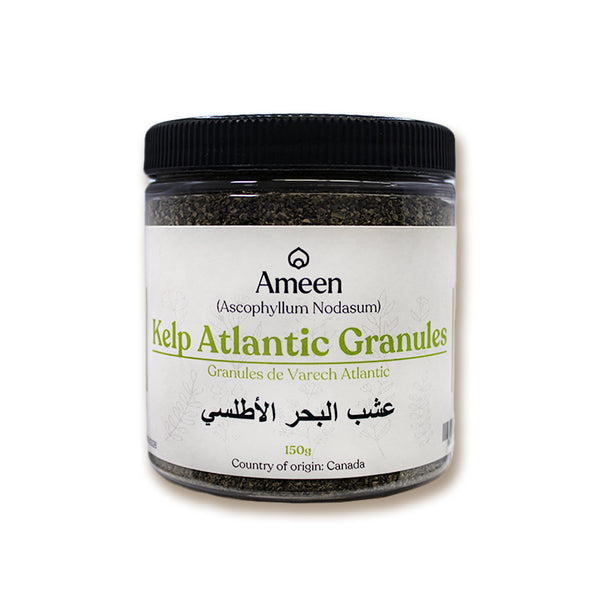Kelp Atlantic, botanically known as Ascophyllum nodosum, is a nutrient-dense brown seaweed that thrives along the rocky, unspoiled coastlines of the North Atlantic Ocean. Recognized by its long, leathery fronds and distinct air bladders, this versatile marine botanical is valued for both its deep umami flavor and its abundance of naturally occurring minerals.
Culinary Uses of Atlantic Kelp
-
Flavorful Ingredient: With a naturally salty, umami-rich profile, Atlantic kelp elevates soups, stews, stocks, and broths with a savory depth.
-
Seaweed Seasoning: When dried and powdered, it becomes a wholesome alternative to salt, adding oceanic essence to spice blends, sauces, and marinades.
-
Raw or Rehydrated: In salads or used as a garnish, rehydrated kelp offers a subtle crunch and a refreshing taste reminiscent of the sea.
A culinary staple in many coastal cultures—including Scandinavian and East Asian cuisines—kelp is appreciated for both its flavor-enhancing qualities and its role as a plant-based source of naturally occurring iodine and minerals.
Beyond the Kitchen
Kelp Atlantic is equally celebrated outside of cooking:
-
Natural Skincare: Used in sea-inspired masks, soaps, and lotions for its skin-conditioning and mineral-replenishing properties.
-
Organic Agriculture: Applied as a nutrient-rich soil enhancer in organic farming to support plant vitality and soil balance.
-
Sustainable Living: Harvested responsibly, Atlantic kelp supports eco-conscious choices in food, beauty, and gardening.
Why Choose Atlantic Kelp?
-
Taste Profile: Naturally salty with a bold umami finish.
-
Culinary Versatility: Excellent in seasoning blends, soups, ramen broths, and plant-based recipes.
-
Eco-Friendly: A renewable marine resource used in multiple industries, from wellness to agriculture.
Botanical and Cultural Identity
-
Botanical Name: Ascophyllum nodosum
-
Common Names: Atlantic Kelp, Knotted Wrack, Rockweed, Egg Wrack, Brown Seaweed, Sea Oak, Seawrack, Norwegian Kelp, Fucus nodosus, Norwegian Wrack, Black Tang, Algae

